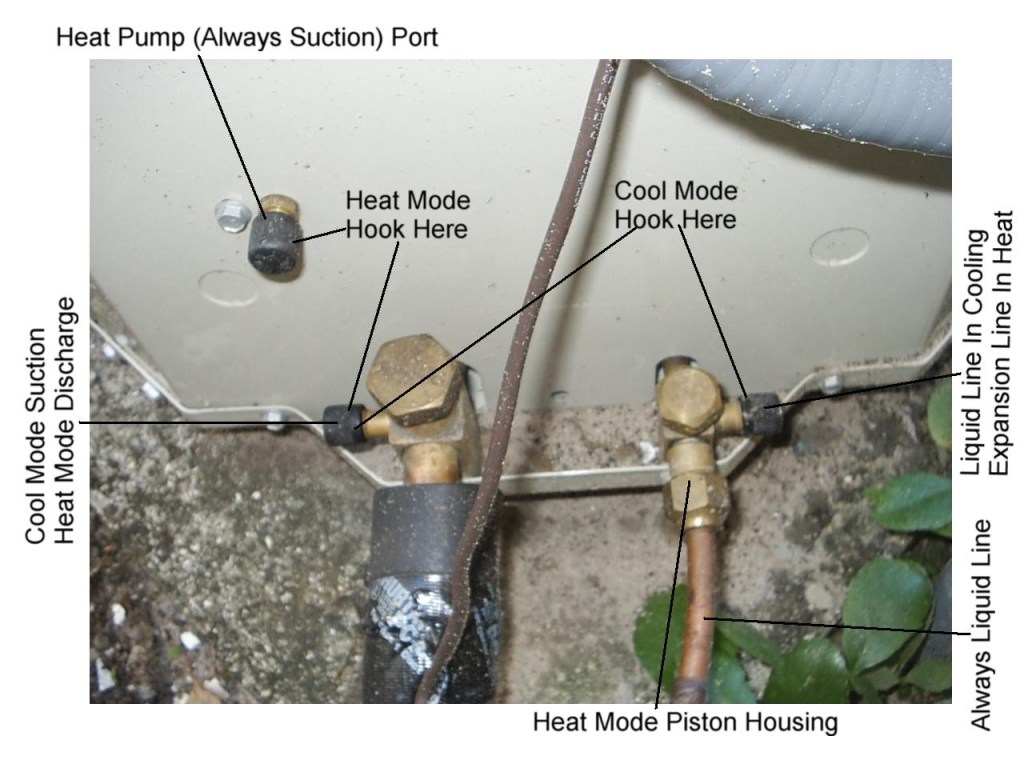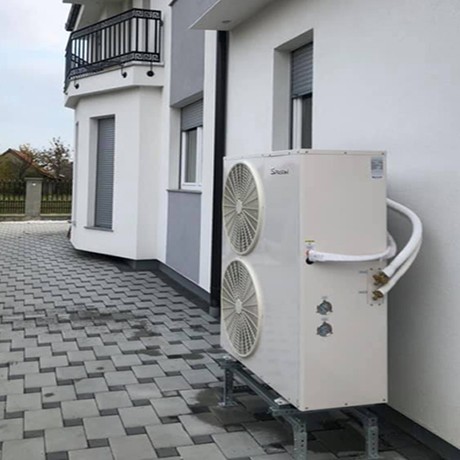Heating and cooling technology has come a long way in recent years, and one of the most impactful advancements is inverter heat pump technology. For homeowners and businesses aiming to reduce energy consumption without sacrificing comfort, inverter-driven systems offer a compelling solution. They adapt to real-time demand, operate more efficiently than traditional systems, and deliver consistent indoor climate control.
In this guide, we’ll explore how inverter heat pumps work, why they’re considered among the most energy efficient heat pumps available today, and how they translate into tangible comfort and cost savings. We’ll also dive into real-world case studies, maintenance tips, and future trends shaping this technology.
How Inverter Heat Pump Technology Works
Unlike conventional heat pumps that run at a fixed speed, inverter heat pumps use variable-speed compressors. This means they can adjust output based on the exact heating or cooling demand at any given moment. The result is smoother operation, reduced energy waste, and fewer temperature fluctuations.
Inverter technology allows heat pumps to operate at optimal efficiency across a wide range of conditions, reducing both energy bills and wear on components.
— Dr. Emily Chen
This adaptability isn’t just about energy savings. It also means less noise, longer equipment lifespan, and improved comfort. Inverter heat pumps can ramp up quickly when needed and throttle down during mild conditions, maintaining a steady indoor temperature.
Efficiency Gains Compared to Conventional Systems
Modern inverter heat pumps can achieve seasonal performance factors (SPF) well above 4.0, meaning they produce four units of heat for every unit of electricity consumed. In cold climate models, efficiency remains high even at sub-zero temperatures.
Let’s compare typical performance metrics:
| System Type | Seasonal Performance Factor (SPF) | Operating Range |
|---|---|---|
| Conventional Heat Pump | 2.5 – 3.0 | Down to -5°C |
| Inverter Heat Pump | 4.0 – 5.2 | Down to -20°C |
As shown above, inverter systems outperform traditional heat pumps not only in efficiency but also in operational range, making them ideal for regions with variable climates.
For more on high-efficiency options in colder areas, see our article on cold climate heat pumps.
Real-World Comfort Gains
Energy efficiency is a strong selling point, but comfort is often the deciding factor for many buyers. Inverter heat pumps deliver steady heating and cooling, avoiding the temperature swings common in on/off systems.
Consider a commercial installation case study: A Boston office retrofit used inverter-driven VRF (Variable Refrigerant Flow) technology. The result? Energy use dropped by 38%, employees reported fewer temperature complaints, and the system paid for itself in under four years.
These gains are possible because inverter systems continuously modulate output. This prevents the uncomfortable cold drafts during heating cycles or sudden blasts of warm air during cooling.
Comfort is about stability. Inverter heat pumps excel at keeping indoor temperatures consistent, which is a subtle but significant improvement for occupants.
— Mark Thompson
For a detailed look at how commercial setups achieve these results, check out our heat pump installation case study.
Cost Savings Over Time
While inverter heat pumps can cost more upfront, the long-term savings are substantial. Reduced energy bills, fewer maintenance issues, and extended lifespan make them a smart investment.
A typical residential inverter heat pump can save 20-40% on energy bills compared to a fixed-speed system. Incentives and rebates in many regions can further offset initial costs.
Here’s a snapshot of potential savings:
| Home Type | Annual Energy Savings | Payback Period |
|---|---|---|
| Single-family home | $400 – $800 | 4-6 years |
| Small business | $1,500 – $3,000 | 3-5 years |
As you can see, the financial benefits align closely with the comfort and sustainability advantages.
Maintenance and Longevity Considerations
Inverter heat pumps require similar maintenance to conventional systems, but their variable operation can reduce wear and tear. Regular filter cleaning, coil inspection, and refrigerant checks are essential.
Because inverter compressors often run for longer durations at lower speeds, they avoid the stress of constant start-stop cycles. This can extend service life and reduce breakdowns.
For homeowners seeking to maintain peak performance, our heat pump maintenance guide offers detailed steps and troubleshooting tips.
Future Trends in Inverter Heat Pump Technology
Looking ahead, inverter heat pumps will benefit from smarter controls, integration with renewable energy sources, and eco-friendly refrigerants. AI-driven optimization can further fine-tune performance based on occupancy patterns, weather forecasts, and utility rates.
Manufacturers are also investing in refrigerants with lower global warming potential (GWP) to align with sustainability goals. Combined with advancements in cold climate capabilities, inverter heat pumps are set to become the default choice for efficient heating and cooling.
Implementation Tips for Homeowners and Businesses
Before investing in an inverter heat pump, consider the following:
- Climate: Choose models rated for your region’s temperature extremes.
- Sizing: Proper sizing ensures efficiency and comfort.
- Installer Expertise: Work with certified professionals familiar with inverter technology.
- Incentives: Research rebates and tax credits to reduce upfront costs.
By aligning these factors, you’ll maximize both efficiency and comfort gains.
Conclusion
Inverter heat pump technology represents a significant leap forward in heating and cooling efficiency. By adjusting output to match real-time demand, these systems deliver consistent comfort, lower energy bills, and reduced environmental impact.
For homeowners and businesses committed to sustainable energy solutions, inverter heat pumps are a smart, future-ready investment. Whether you’re upgrading from a conventional system or planning a new installation, the combination of efficiency and comfort gains makes them hard to overlook.
Explore related resources to deepen your understanding and plan your upgrade:
By leveraging inverter technology today, you position your property for long-term comfort, savings, and sustainability.



No Responses